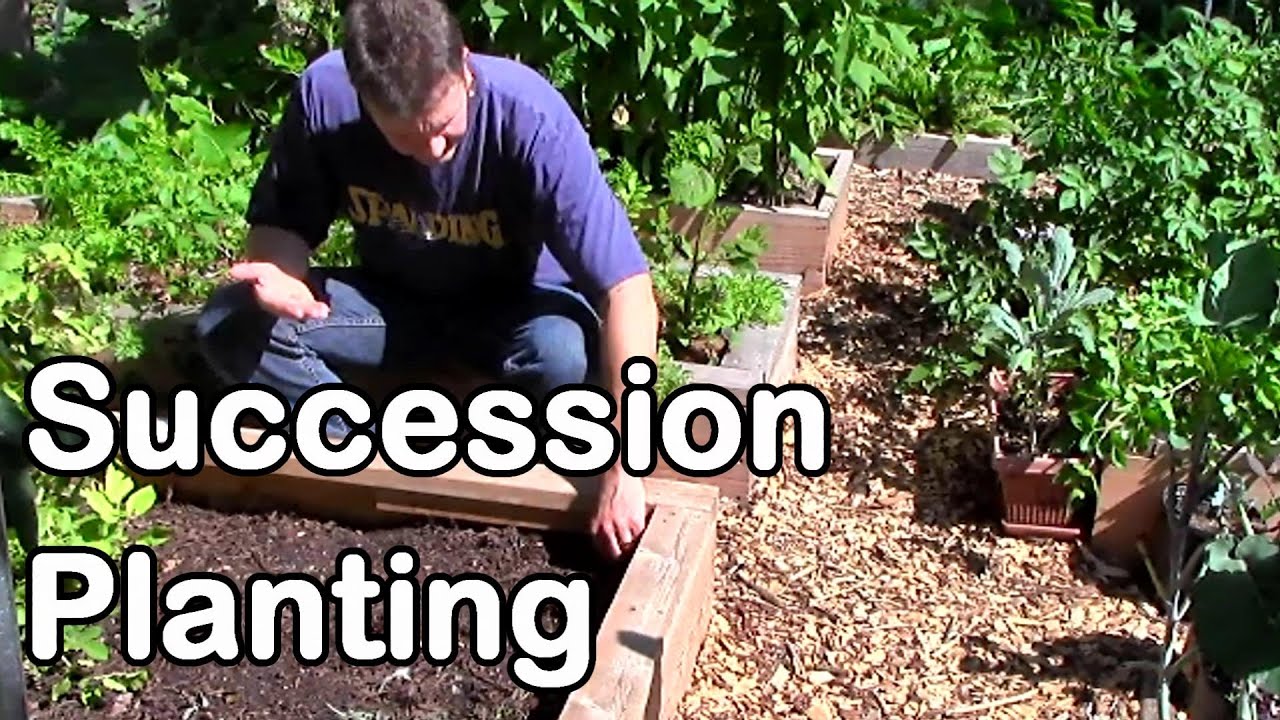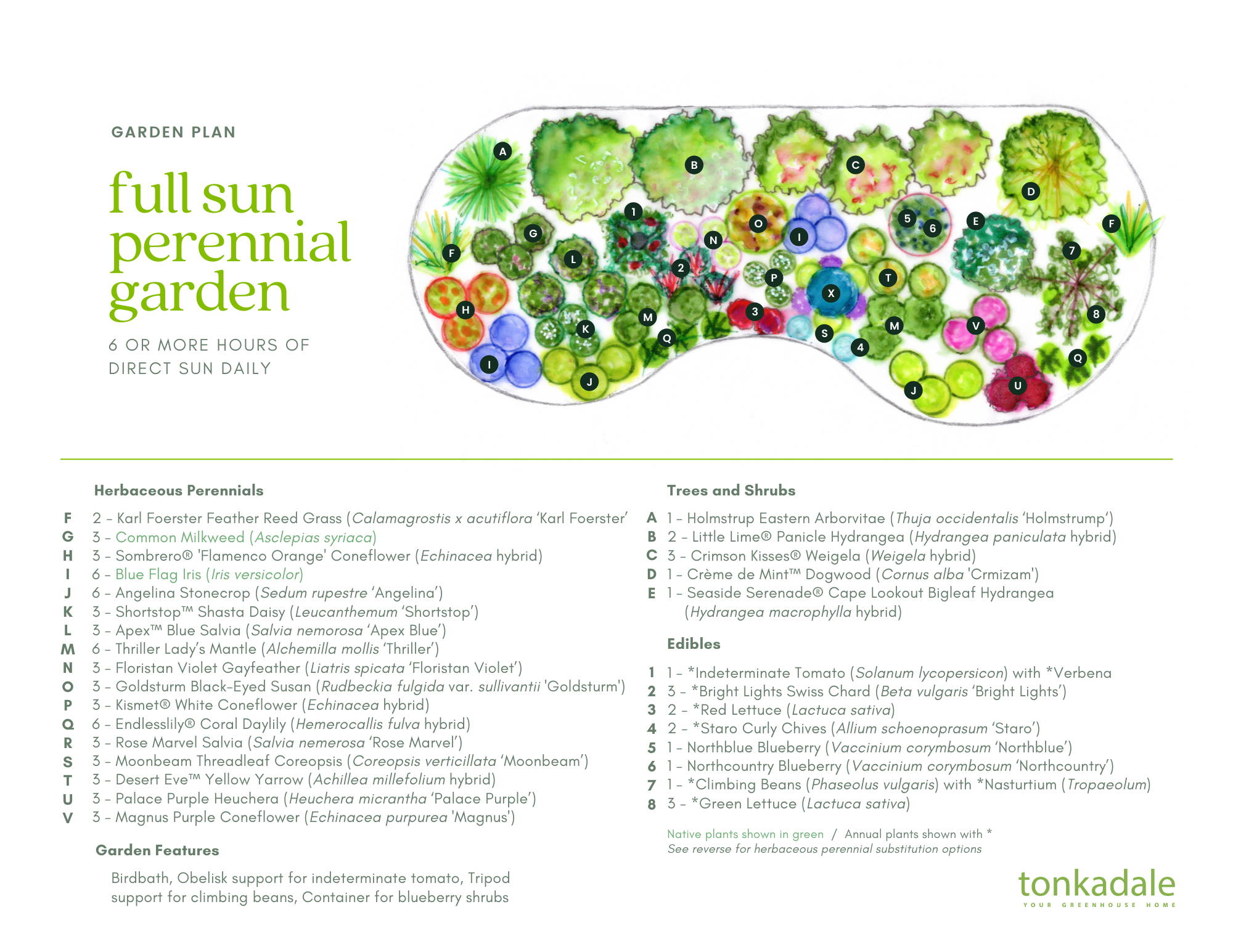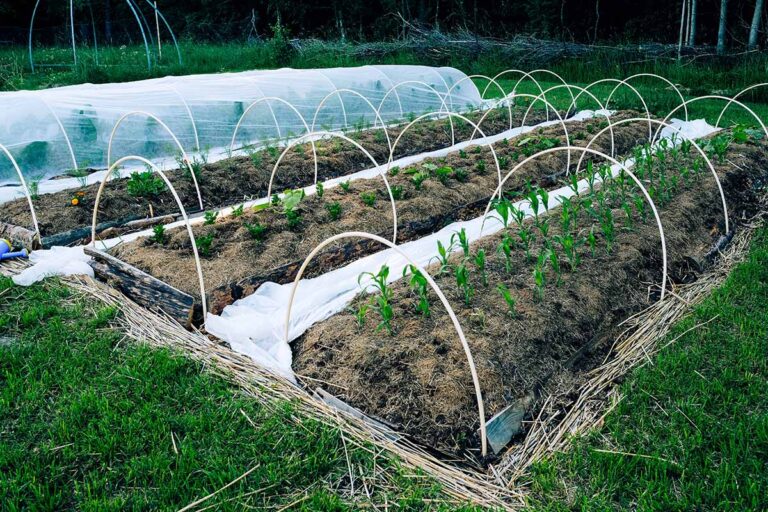
Cultivating Change: A Comprehensive Guide to Sustainable Garden Project Management
In an era defined by environmental consciousness, the concept of gardening has transcended mere aesthetics. It has blossomed into a powerful tool for promoting sustainability, fostering community engagement, and enhancing personal well-being. At the heart of this transformation lies the practice of sustainable garden project management, a discipline that integrates ecological principles with sound project management techniques. This comprehensive guide delves into the multifaceted aspects of creating and maintaining sustainable gardens, providing a roadmap for enthusiasts, professionals, and communities alike.
Understanding Sustainable Gardening
Sustainable gardening is more than just organic gardening; it’s a holistic approach that minimizes environmental impact while maximizing the benefits a garden can provide. It encompasses various practices aimed at conserving resources, reducing waste, and promoting biodiversity. Embracing sustainable gardening means making conscious choices that support the health of the planet and future generations.
Key Principles of Sustainable Gardening
- Soil Health: Building and maintaining healthy soil is foundational. This involves using compost, cover crops, and other organic matter to improve soil structure, fertility, and water retention.
- Water Conservation: Employing efficient irrigation techniques such as drip irrigation, rainwater harvesting, and mulching to reduce water consumption.
- Integrated Pest Management (IPM): Utilizing natural pest control methods, encouraging beneficial insects, and avoiding synthetic pesticides and herbicides.
- Biodiversity: Creating a diverse ecosystem by planting a variety of native plants, attracting pollinators, and providing habitats for wildlife.
- Waste Reduction: Composting garden waste, recycling materials, and minimizing the use of plastic and other non-biodegradable products.
- Energy Conservation: Reducing energy consumption by using hand tools, minimizing the use of power equipment, and choosing energy-efficient lighting.
The Project Management Framework for Sustainable Gardens
Effective project management is crucial for the success of any garden, especially when sustainability is a core objective. A structured approach ensures that resources are used efficiently, timelines are met, and the garden’s environmental impact is minimized.
1. Initiation: Defining the Garden’s Purpose and Scope
The initiation phase sets the stage for the entire project. It involves defining the garden’s purpose, identifying stakeholders, and establishing clear goals and objectives. This phase is critical for aligning the project with the community’s needs and environmental priorities.
Identifying the Garden’s Purpose
What is the primary goal of the garden? Is it to provide fresh produce for a community, create a therapeutic space, educate children about nature, or enhance biodiversity? Clearly defining the purpose will guide decision-making throughout the project.
Stakeholder Engagement
Identify all stakeholders who have an interest in the garden, including community members, local organizations, schools, and government agencies. Engage them in the planning process to ensure their needs and concerns are addressed. This can involve surveys, meetings, and workshops.
Setting SMART Goals
Establish Specific, Measurable, Achievable, Relevant, and Time-bound (SMART) goals. For example, instead of saying “improve biodiversity,” a SMART goal would be “increase the number of native plant species by 20% within one year.”
2. Planning: Designing for Sustainability
The planning phase involves creating a detailed roadmap for the garden, including its design, resource requirements, and implementation schedule. This is where sustainable practices are integrated into every aspect of the project.
Site Assessment and Analysis
Conduct a thorough assessment of the site, including its soil type, sunlight exposure, drainage patterns, and existing vegetation. This information will inform the garden’s design and plant selection. Soil testing is essential to determine nutrient levels and pH balance.
Sustainable Garden Design
Design the garden to maximize resource efficiency and minimize environmental impact. Consider the following:
- Layout: Optimize the layout for sunlight exposure, water flow, and accessibility. Use the principles of permaculture to create a self-sustaining ecosystem.
- Plant Selection: Choose native and drought-tolerant plants that are well-suited to the local climate. This reduces the need for irrigation and pesticides.
- Water Management: Design a water-efficient irrigation system, such as drip irrigation or soaker hoses. Implement rainwater harvesting to reduce reliance on municipal water.
- Soil Management: Plan for regular composting and soil amendments to maintain soil health. Use cover crops to prevent erosion and improve soil structure.
- Pest Management: Design the garden to attract beneficial insects and deter pests. Use companion planting and natural pest control methods.
Resource Planning
Identify the resources needed for the project, including materials, equipment, labor, and funding. Develop a detailed budget and explore funding opportunities, such as grants, donations, and sponsorships. Prioritize the use of recycled and locally sourced materials to reduce the project’s carbon footprint.
Creating a Timeline
Develop a realistic timeline for the project, breaking it down into manageable tasks. Use project management software or a simple spreadsheet to track progress and ensure that deadlines are met. Consider seasonal factors, such as planting times and weather patterns.
3. Execution: Implementing Sustainable Practices
The execution phase is where the garden comes to life. It involves preparing the site, building infrastructure, planting, and implementing sustainable practices. This phase requires careful coordination and attention to detail.
Site Preparation
Prepare the site by clearing vegetation, amending the soil, and installing irrigation systems. Use sustainable methods, such as sheet mulching, to suppress weeds and improve soil health. Avoid the use of heavy machinery, which can compact the soil and damage the ecosystem.
Building Infrastructure
Construct any necessary infrastructure, such as raised beds, pathways, and composting bins. Use recycled and locally sourced materials whenever possible. Design pathways to be accessible to people of all abilities.
Planting
Plant the garden according to the design plan, using sustainable planting techniques. Space plants appropriately to allow for growth and air circulation. Use companion planting to deter pests and improve plant health.
Implementing Sustainable Practices
Implement the sustainable practices outlined in the planning phase, such as composting, mulching, and integrated pest management. Regularly monitor the garden for pests and diseases, and take action as needed.
4. Monitoring and Controlling: Ensuring Long-Term Sustainability
The monitoring and controlling phase involves tracking the garden’s progress, identifying any issues, and taking corrective action. This phase is crucial for ensuring the long-term sustainability of the garden.
Performance Measurement
Establish key performance indicators (KPIs) to measure the garden’s success. These may include the amount of produce harvested, the number of native plant species, the reduction in water consumption, and the level of community engagement.
Regular Inspections
Conduct regular inspections of the garden to identify any issues, such as pest infestations, soil erosion, or water leaks. Take corrective action promptly to prevent problems from escalating.
Data Collection and Analysis
Collect data on the garden’s performance and analyze it to identify trends and areas for improvement. Use this information to adjust the garden’s design and management practices.
Community Feedback
Solicit feedback from community members to ensure that the garden is meeting their needs and expectations. Use this feedback to make improvements and foster a sense of ownership.
5. Closure: Celebrating Success and Planning for the Future
The closure phase involves documenting the garden’s successes, celebrating achievements, and planning for the future. This phase is essential for ensuring the long-term viability of the garden.
Documentation
Document the garden’s history, design, and management practices. This information will be valuable for future gardeners and can be used to replicate the garden in other locations.
Celebration
Celebrate the garden’s successes with a community event. This is an opportunity to recognize the contributions of volunteers, donors, and other stakeholders.
Future Planning
Develop a long-term plan for the garden, including goals for expansion, improvement, and sustainability. This plan should be updated regularly to reflect changing needs and priorities.
Sustainable Practices in Detail
Let’s delve deeper into some of the key sustainable practices that are essential for successful garden project management.
Soil Management: The Foundation of a Healthy Garden
Healthy soil is the cornerstone of a sustainable garden. It provides plants with the nutrients they need to thrive, supports a diverse ecosystem, and helps to regulate water flow. Sustainable soil management practices focus on building and maintaining soil health through natural methods.
Composting
Composting is the process of breaking down organic matter into a nutrient-rich soil amendment. It reduces waste, improves soil structure, and provides plants with essential nutrients. Compost can be made from kitchen scraps, yard waste, and other organic materials.
Cover Cropping
Cover crops are plants that are grown to improve soil health, prevent erosion, and suppress weeds. They can be planted during the off-season or between rows of crops. Common cover crops include legumes, grasses, and brassicas.
Mulching
Mulching is the process of covering the soil with a layer of organic material, such as wood chips, straw, or leaves. Mulch helps to retain moisture, suppress weeds, regulate soil temperature, and improve soil structure.
No-Till Gardening
No-till gardening is a technique that minimizes soil disturbance. It involves planting directly into the soil without tilling or plowing. This helps to preserve soil structure, reduce erosion, and promote a healthy soil ecosystem.
Water Conservation: Using Water Wisely
Water is a precious resource, and sustainable gardens prioritize water conservation. Efficient irrigation techniques, rainwater harvesting, and drought-tolerant plants are all essential for reducing water consumption.
Drip Irrigation
Drip irrigation is a method of delivering water directly to the roots of plants. It is highly efficient and reduces water waste by minimizing evaporation and runoff.
Rainwater Harvesting
Rainwater harvesting involves collecting rainwater from roofs and other surfaces and storing it for later use. This can significantly reduce reliance on municipal water and conserve water resources.
Drought-Tolerant Plants
Drought-tolerant plants are adapted to dry climates and require less water than other plants. Choosing drought-tolerant plants can significantly reduce the need for irrigation.
Greywater Recycling
Greywater recycling involves reusing water from showers, sinks, and washing machines for irrigation. This can significantly reduce water consumption and conserve water resources. Note that local regulations may apply to greywater systems.
Integrated Pest Management: A Natural Approach
Integrated Pest Management (IPM) is a holistic approach to pest control that emphasizes prevention, monitoring, and natural methods. It minimizes the use of synthetic pesticides and promotes a healthy garden ecosystem.
Beneficial Insects
Beneficial insects are insects that prey on pests and help to control their populations. Attracting beneficial insects to the garden can significantly reduce the need for pesticides. Examples include ladybugs, lacewings, and parasitic wasps.
Companion Planting
Companion planting involves planting different species of plants together to benefit each other. Some plants can deter pests, attract beneficial insects, or improve soil health. For example, planting basil near tomatoes can deter tomato hornworms.
Natural Pest Control Methods
Natural pest control methods include using insecticidal soap, horticultural oil, and other natural products to control pests. These products are less harmful to the environment and beneficial insects than synthetic pesticides.
Crop Rotation
Crop rotation involves rotating crops in a systematic way to prevent pest and disease buildup in the soil. This can help to reduce the need for pesticides and improve soil health.
Biodiversity: Creating a Thriving Ecosystem
Biodiversity is the variety of life in a particular ecosystem. A diverse garden is more resilient to pests, diseases, and environmental changes. Promoting biodiversity involves planting a variety of native plants, attracting pollinators, and providing habitats for wildlife.
Native Plants
Native plants are plants that are indigenous to a particular region. They are well-adapted to the local climate and soil conditions and provide food and habitat for native wildlife. Planting native plants can significantly enhance biodiversity.
Pollinator Gardens
Pollinator gardens are gardens that are designed to attract pollinators, such as bees, butterflies, and hummingbirds. These gardens provide food and habitat for pollinators, which are essential for the reproduction of many plants.
Wildlife Habitats
Creating habitats for wildlife, such as birdhouses, bat houses, and insect hotels, can significantly enhance biodiversity. These habitats provide shelter and nesting sites for wildlife.
Waste Reduction: Minimizing Environmental Impact
Sustainable gardens prioritize waste reduction by composting garden waste, recycling materials, and minimizing the use of plastic and other non-biodegradable products.
Composting
As mentioned earlier, composting is an excellent way to reduce waste and improve soil health. Composting garden waste, kitchen scraps, and other organic materials can significantly reduce the amount of waste sent to landfills.
Recycling
Recycling materials, such as plastic pots, cardboard boxes, and glass jars, can reduce the demand for new resources and minimize environmental impact. Look for opportunities to reuse and repurpose materials in the garden.
Avoiding Plastic
Minimizing the use of plastic in the garden can reduce pollution and conserve resources. Choose alternatives to plastic pots, such as biodegradable pots or reusable containers. Avoid using plastic mulch and other plastic products.
Energy Conservation: Reducing Your Footprint
Sustainable gardens strive to conserve energy by using hand tools, minimizing the use of power equipment, and choosing energy-efficient lighting.
Hand Tools
Using hand tools, such as shovels, rakes, and hoes, can reduce energy consumption and minimize noise pollution. Hand tools are also less disruptive to the soil ecosystem.
Minimizing Power Equipment
Minimizing the use of power equipment, such as lawnmowers and tillers, can significantly reduce energy consumption and air pollution. Consider using manual lawnmowers or electric-powered equipment.
Energy-Efficient Lighting
If lighting is needed in the garden, choose energy-efficient LED lights. These lights consume less energy and last longer than traditional light bulbs.
Case Studies: Inspiring Sustainable Garden Projects
To illustrate the principles of sustainable garden project management, let’s examine a few inspiring case studies.
The Edible Schoolyard Project
The Edible Schoolyard Project, founded by Alice Waters, is a program that integrates gardening and cooking into the school curriculum. Students learn about sustainable agriculture, nutrition, and environmental stewardship by growing and preparing their own food. The project has been replicated in schools around the world and has had a significant impact on children’s health and well-being.
The High Line
The High Line is a public park built on a former elevated railway line in New York City. The park features a diverse collection of native plants and provides a green space for residents and visitors. The High Line is a model of sustainable urban design and has inspired similar projects in other cities.
Community Gardens in Detroit
Detroit has a thriving community garden movement, with hundreds of gardens located throughout the city. These gardens provide fresh produce for residents, create community spaces, and promote sustainable urban agriculture. The gardens are managed by local organizations and volunteers and have played a vital role in revitalizing neighborhoods.
Challenges and Solutions in Sustainable Garden Project Management
While sustainable garden project management offers numerous benefits, it also presents certain challenges. Let’s explore some common challenges and potential solutions.
Challenge: Limited Resources
Many sustainable garden projects face challenges related to limited resources, such as funding, labor, and materials.
Solution: Resourcefulness and Collaboration
Be resourceful in finding creative solutions to resource constraints. Seek out grants, donations, and sponsorships. Partner with local organizations and businesses to share resources and expertise. Engage volunteers to provide labor and support.
Challenge: Pest and Disease Management
Pests and diseases can be a significant challenge in sustainable gardens, especially when avoiding synthetic pesticides.
Solution: Integrated Pest Management
Implement an integrated pest management (IPM) strategy that emphasizes prevention, monitoring, and natural methods. Attract beneficial insects, use companion planting, and apply natural pest control products as needed.
Challenge: Maintaining Soil Health
Maintaining soil health can be challenging, especially in urban environments where the soil may be contaminated or compacted.
Solution: Soil Remediation and Amendment
Conduct soil testing to identify any contaminants and take steps to remediate the soil. Amend the soil with compost, cover crops, and other organic matter to improve its structure and fertility.
Challenge: Community Engagement
Engaging the community in the garden project can be challenging, especially in diverse communities with varying interests and needs.
Solution: Inclusive Planning and Communication
Involve community members in the planning process from the beginning. Conduct surveys, hold meetings, and create opportunities for feedback. Communicate regularly about the garden’s progress and invite community members to participate in activities and events.
The Future of Sustainable Garden Project Management
As environmental awareness continues to grow, the future of sustainable garden project management looks bright. More and more communities, organizations, and individuals are recognizing the importance of sustainable gardening for promoting environmental stewardship, enhancing community well-being, and providing access to fresh, healthy food.
Emerging Trends
Several emerging trends are shaping the future of sustainable garden project management.
- Urban Farming: Urban farming is becoming increasingly popular as cities seek to improve food security and reduce their carbon footprint. Sustainable garden projects are playing a vital role in urban farming initiatives.
- Vertical Farming: Vertical farming is a technique that involves growing crops in vertically stacked layers, often indoors. It is highly efficient and can be used to grow food in urban areas with limited space.
- Regenerative Agriculture: Regenerative agriculture is a holistic approach to farming that focuses on improving soil health, increasing biodiversity, and sequestering carbon. It is gaining traction as a sustainable alternative to conventional agriculture.
- Technology Integration: Technology is playing an increasingly important role in sustainable garden project management. Smart sensors, drones, and data analytics are being used to monitor soil conditions, track plant growth, and optimize resource use.
Conclusion: Sowing the Seeds of a Sustainable Future
Sustainable garden project management is a powerful tool for creating positive change in communities and promoting environmental stewardship. By integrating ecological principles with sound project management techniques, we can create gardens that are not only beautiful and productive but also contribute to a more sustainable future. Whether you are a seasoned gardener, a community organizer, or simply someone who cares about the environment, you can play a role in cultivating change through sustainable garden project management. Let’s sow the seeds of a sustainable future, one garden at a time.



